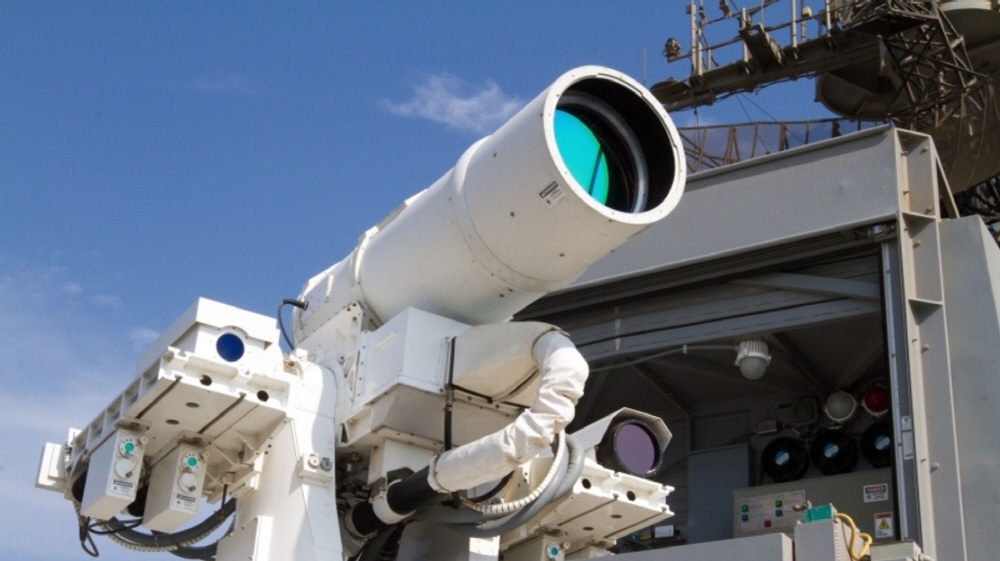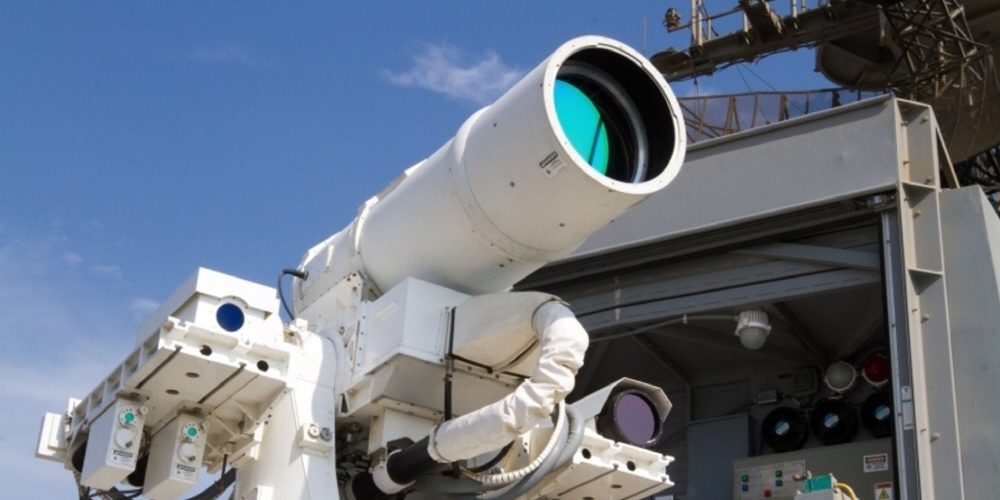
First of all, a ray gun or a laser gun was a weapon that was impossible in reality and appeared in science fiction movies and cartoons. However, recently, laser weapons are gradually becoming a reality. How are humans realizing laser weapons?
The idea of a laser weapon that fires rays to damage has existed for a long time. H·G Wells’ science fiction novel Space War, published in 1898, depicts a Martian launching a Heat Ray from a tank. The heat ray is the thermal energy projected by a parallel beam on all objects from a parabolic mirror made of an unknown material, and is a setting that can be seen with the naked eye in the form of bright white light.
Lasers with excellent uni-wavelength directivity and fusion were invented in reality in 1957, but laser weapons have not been put into practical use even in 2020, more than 60 years after the invention. As for the reason, a senior researcher in the laser sensor system division, Lockheed Martin, a military company, said one of the reasons laser weapon development was seldom was because the original purpose of the laser weapon was a strategic defense mission.
Among military missions, a difficult task is to protect the country from ballistic missiles. A laser weapon could shoot down ballistic missiles, but the laser weapon capable of shooting down an incoming missile was so large that it was thought that even trucks, airplanes, and ships could not be mounted or operated. Promoting the development of a high-power laser weapon that requires enormous cost to operate and maintain in preparation for an attack is not considered too high-risk, low-return.
However, with the end of the Cold War at the end of the 20th century, the era of confrontation with ballistic missiles equipped with nuclear warheads is over. In modern times, it is not huge nuclear missiles that pose a threat to actual combat, but mass-produced low-cost weapons such as armed unmanned aerial vehicles, mortars, and rocket artillery. As war has changed, tactical defense is more important than strategic defense. It is required to react very quickly and produce an effect in a short time.
With the advent of optical fibers around 1960, the possibility of realizing laser weapons increased. Since optical fibers can transmit light over long distances at a low loss rate, the development of communication devices using optical fibers began around 1990, leading to the development of modern high-speed Internet technology. In addition, fiber optic communication technology leads to fiber laser technology development. Fiber lasers made it possible to develop high-power laser weapons at low cost.
A laser weapon using a fiber laser does not fire a single high-power laser, but uses numerous optical fibers to bundle and fire several lasers. When the light passes through the prism, light of various colors is decomposed according to the wavelength, but a laser weapon using a fiber laser can act as this prism and binds light of various frequencies together.
By applying fiber laser technology, it is possible to convert 30 to 35% of the power into lasers. At first glance, the conversion efficiency seems to be low, but compared to the existing solid-state laser, the power conversion efficiency is increasing by about 10%. In addition, the laser weapon itself has become smaller and more powerful and easier to mount on military vehicles, ships, and aircraft. In fact, in December 2014, the U.S. Navy has already unveiled an experiment to launch a laser weapon mounted on a transport landing ship at a low cost of 1,000 won per round. In addition, in May 2020, it succeeded in shooting down a drone with a laser beam through a U.S. Navy warship.
In addition, attempts are being made not only to shoot down drones and rockets, but also to achieve hypersonic flight by mounting fighters and missiles in front.
The development of laser weapons is led by Lockheed Martin. There is a demand not to use high-performance guided missiles at high cost for low-cost unmanned reconnaissance aircraft, and using lasers with low operating costs can respond to more powerful threats with high reaction speed. Being able to provide options and capabilities to respond to changing threats could be a new value proposition. Related information can be found here.


















Add comment